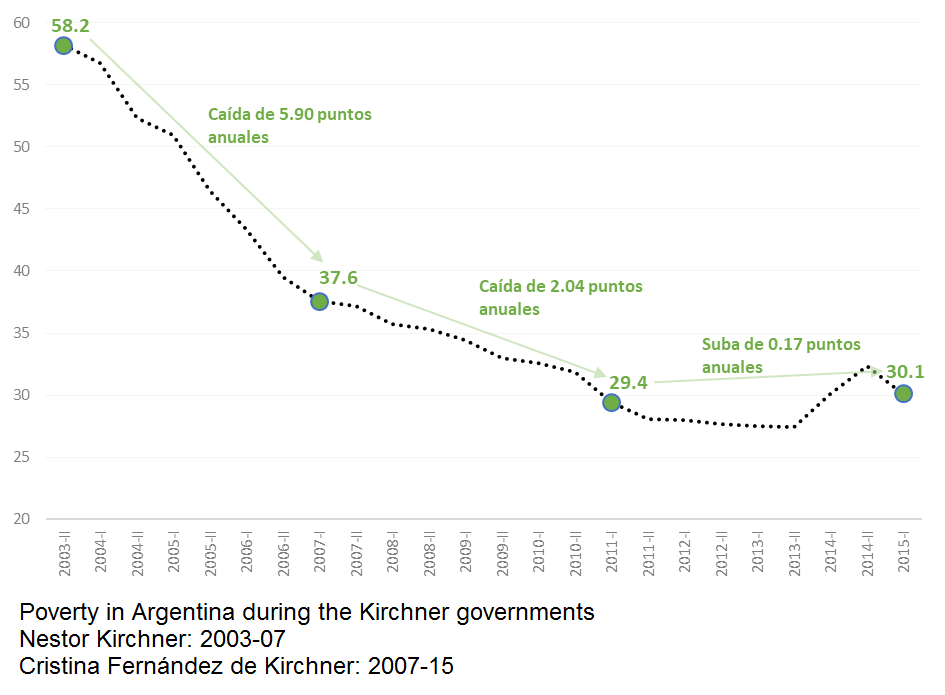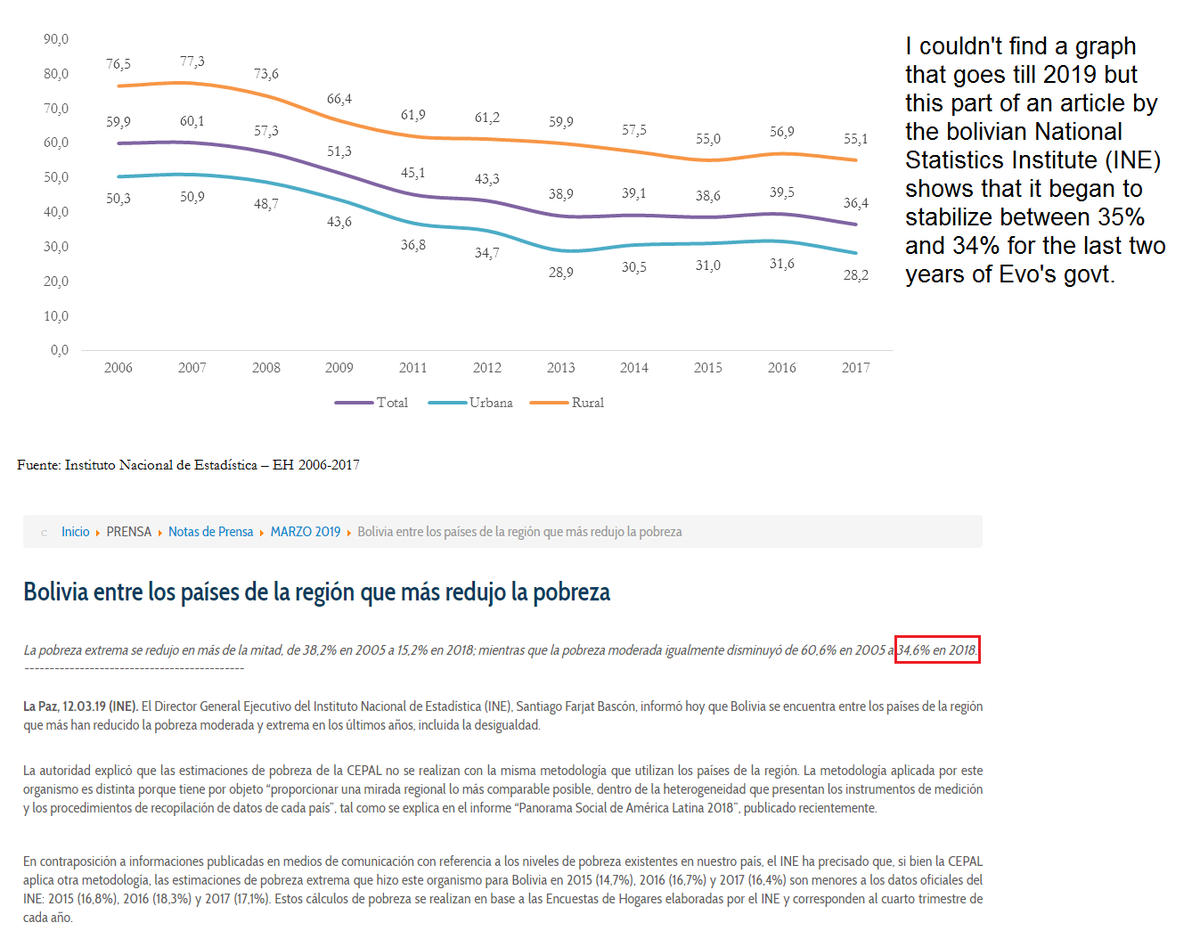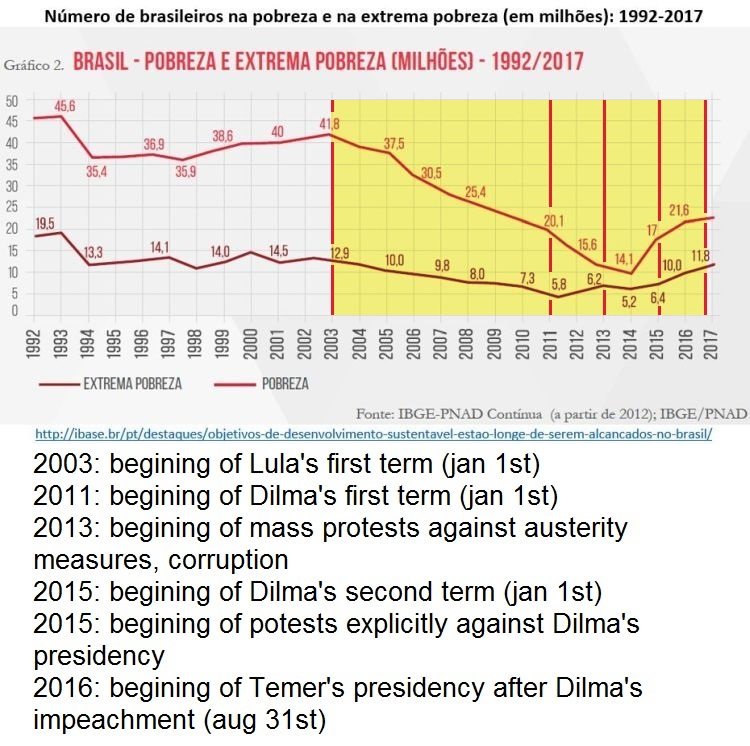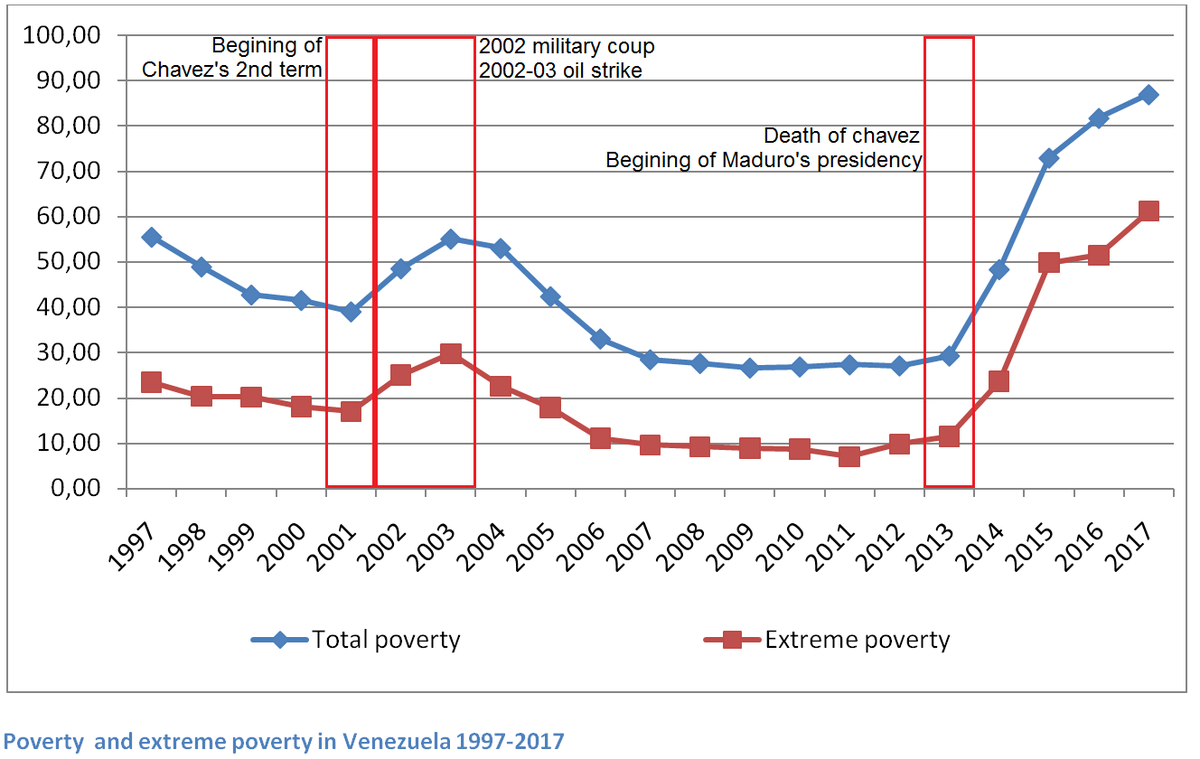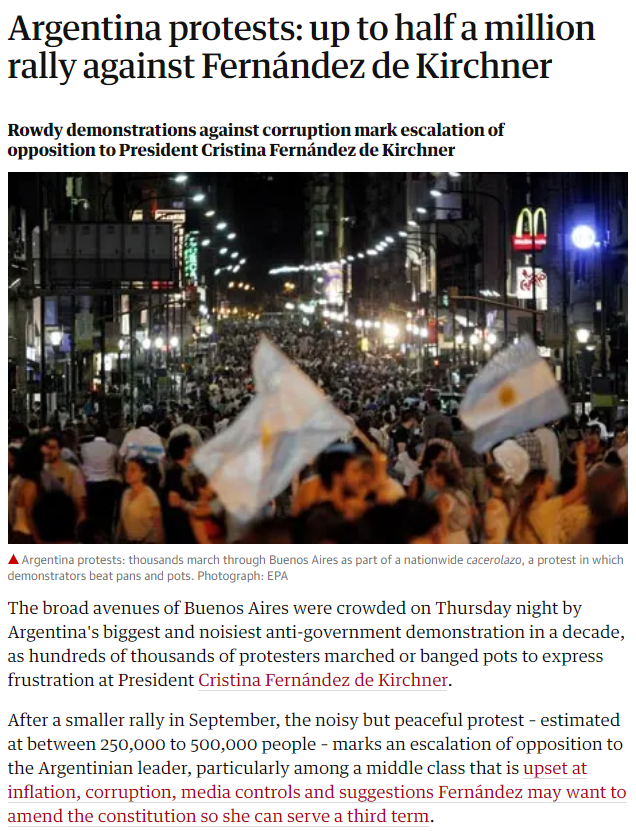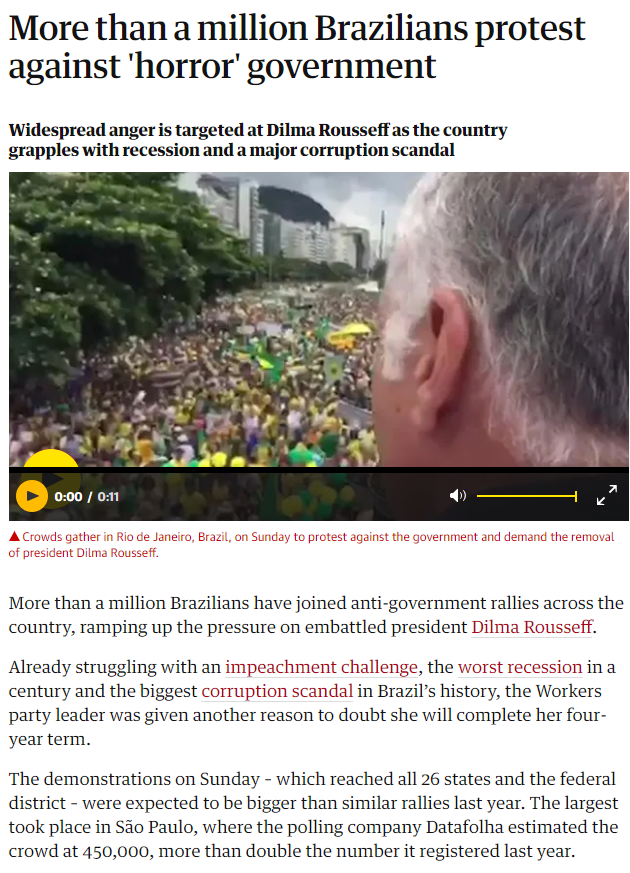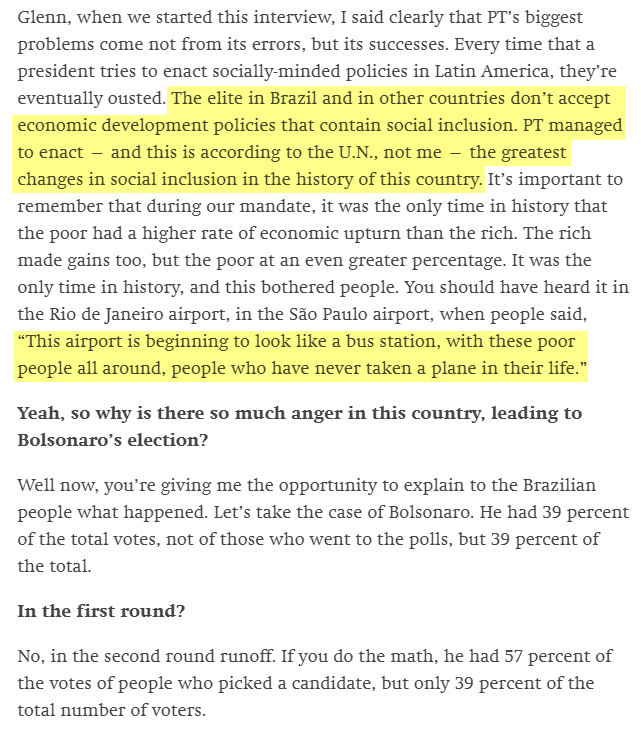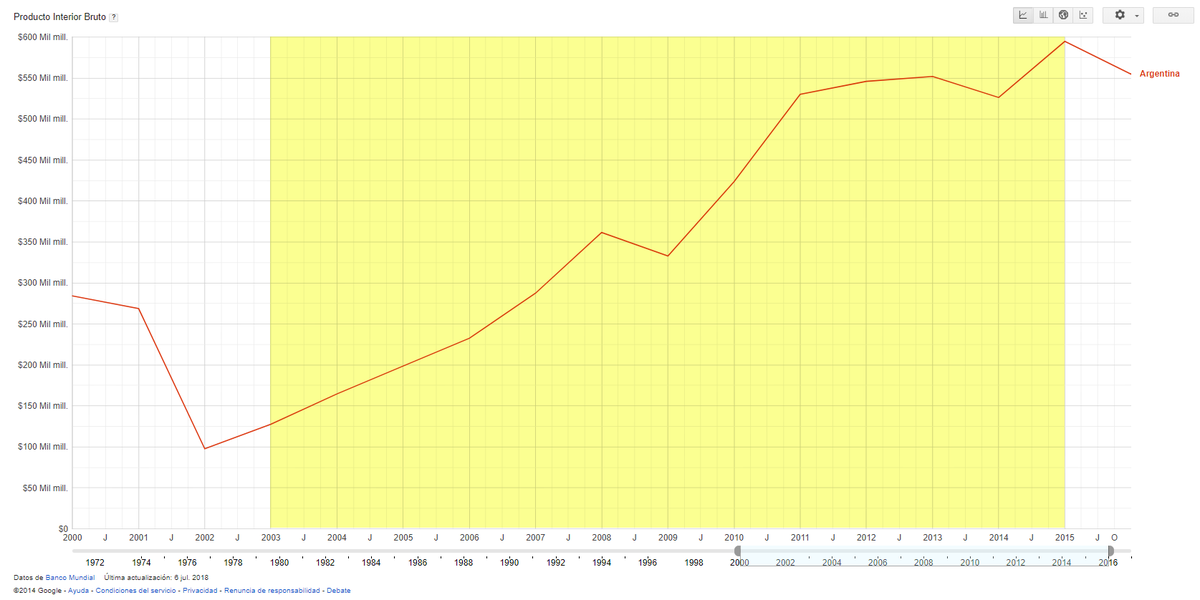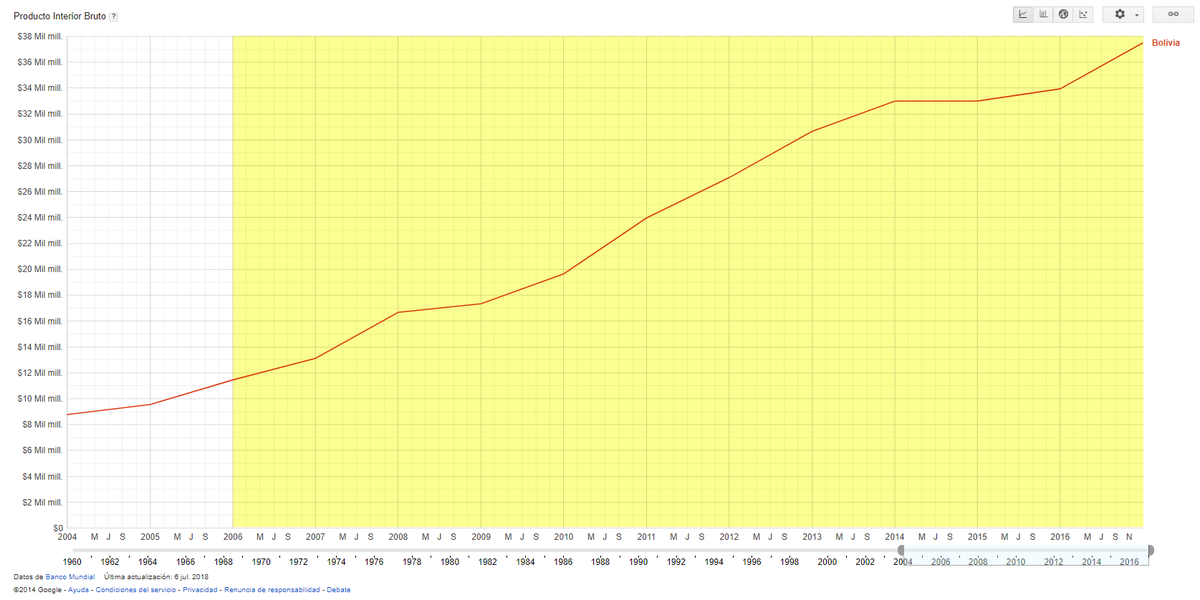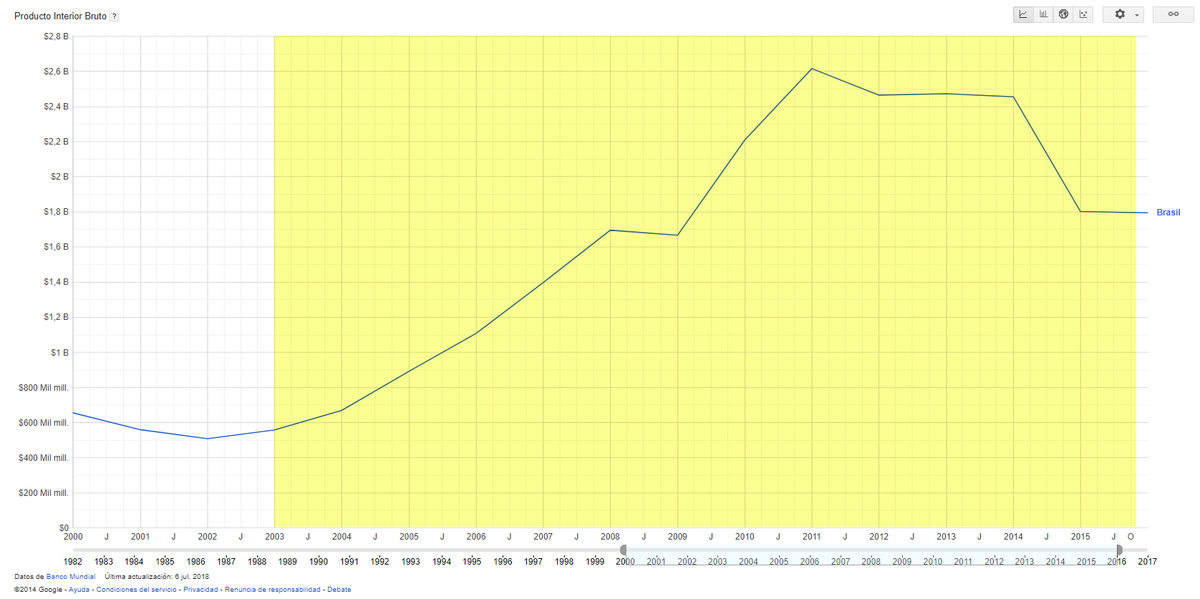So @BadEmpanada gave me a shoutout yesterday & dozens of people started to follow me. So to give them something interesting that adds to the discussion about Bolivia & beyond...
Prologue: progressive govt. wins in the middle of a crisis with serious unrest...
End: After a considerable period of growth, the economy begins to stagnate or even enter a recession...
So now that we have the story, let's look at why...
Argentina and Brazil are the most clear-cut examples, showing deep poverty reduction, then stability before the right takes power...
